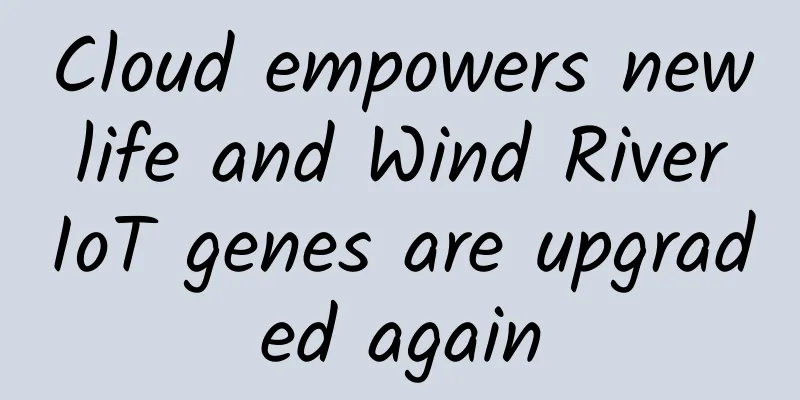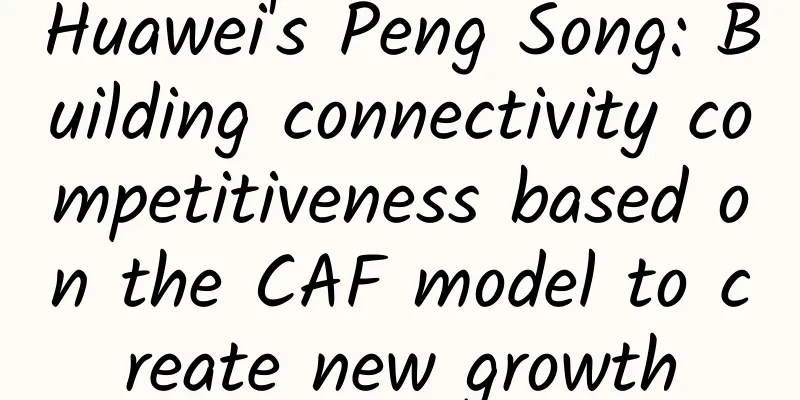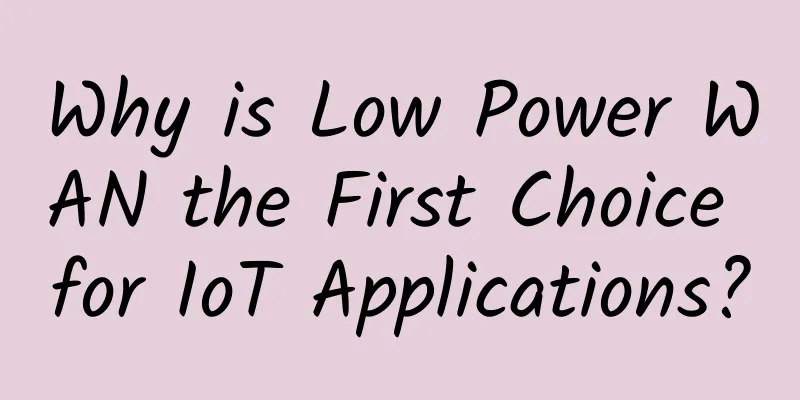Cloud empowers new life and Wind River IoT genes are upgraded again

|
There is a wind power plant abroad that mainly uses sea breeze to generate electricity. Since the wind turbines are built on the sea, once the equipment needs maintenance, the maintenance personnel need to go to the ship to survey, detect the cause, return to the power plant to dispatch related equipment, and then return to the sea for maintenance. Such multiple round trips are not only costly and inefficient, but also time-consuming and labor-intensive for the maintenance personnel, and they also have to bear considerable risks.
Later, the wind farm chose to use the IoT solution to solve this problem. The IoT technology can monitor and self-diagnose the surrounding area of the power generation. For example, if the weather on the sea surface is bad, the angle of the wind turbine can be changed to maintain efficient operation. In addition, if the equipment fails, the IoT solution can self-diagnose it and help the equipment make better decisions. The provider of this IoT technology solution is Wind River. A dynamic IoT runner In everyone's inherent thinking, this big-name manufacturer with a long history and has always maintained a leading position in the field of embedded software seems to be somewhat distant from the buzzwords such as emerging technologies. However, the reality is just the opposite. The dynamic Wind River has embraced emerging technologies such as the Internet of Things and Big Data at the fastest speed: In August this year, Wind River began to promote its Device Cloud product to solve the problem of remote connection and device management on the cloud platform; In September this year, Wind River launched the Micro Runtime component, which added support for Java applications, which can not only improve development efficiency and enhance code portability, but also save costs and increase revenue by remotely repairing vulnerabilities; In October this year, Wind River announced the launch of the VxWorks real-time operating system client for the IBM Watson IoT platform, which will simplify and accelerate the development of intelligent connected devices and achieve "edge to cloud"... What kind of development concept enables Wind River to "run fast" on the road of the Internet of Things industry? What enables Wind River to always maintain an innovative state to welcome the era of the Internet of Things? The reporter interviewed Michael Krutz, Chief Product Officer of Wind River, and his words gave us some clues.
Wind River's View on the Internet of Things Michael Krutz said that Wind River has always focused on software technology. When the Internet of Things became known to the public, Wind River saw a huge opportunity in technological innovation. He explained that when he first started working as a software engineer, due to limited memory and computing power, technicians had to reduce the number of lines of code as much as possible or improve code efficiency. Now, with the upgrade of products and the application of new technologies, this shackle has disappeared, and the realization of software technology has been greatly enhanced. So what is the Internet of Things in Wind River's eyes? Michael Krutz pointed out that the Internet of Things means the combination of different markets, based on end-to-end technology. This combination subverts the traditional business model, bringing lower costs and higher efficiency. The biggest challenge is how to ensure technical consistency between different markets. He told reporters that the Internet of Things is mainly used in scenarios, products, supply chains, and customer monitoring and services. Taking product monitoring as an example, traditional diabetes patients measure blood sugar by drawing blood from their fingertips, but Senseonics' smart blood glucose meter can be attached to the skin to understand the patient's blood sugar level through the skin, and transmit it to the APP via WiFi to monitor blood sugar in real time. Michael Krutz gave another example of how IoT technology can bring innovation to the supply chain. Rayson is a company that sells terminal products. They added data collection functions to the product sales terminals so that they can provide data to product manufacturers to let them know how long the product's shelf life is, whether it is out of stock, etc. Rayson has also transformed from a single sales company to a service provider that can provide more services. "The Internet of Things mainly provides decision support in a data + service model to help machines and users make better decisions. China's application space and prospects have attracted worldwide attention, and Wind River is honored to be able to participate in it," Michael Krutz said happily. The genetic helical structure Since the Internet of Things is so promising, how does Wind River position itself in the industry? Michael Krutz said that Wind River has three major development platforms: The first is to connect devices to the Internet. The first thing Wind River needs to do is to enable more devices to be connected to the Internet; the second thing is to ensure that devices are as intelligent as possible at the edge of the network to improve efficiency; the third thing is to build a software-defined intelligent world. The second is to collect more data from the intelligent devices in the IT architecture, analyze the data from the cloud, and then implement operations and control. *** is to ensure the reliability and efficiency of the connection network, and the degree of virtualization must be high. "Wind River has been focusing on software since its founding. We believe that the Internet of Things is part of Wind River's DNA, so we call the entire product portfolio Helix (helical architecture)." Michael Krutz believes, "The above three points together are Wind River's entire Helix product portfolio. Helix is regarded as Wind River's DNA gene." Interviewer Michael Krutz also talked about the development and changes of customers. Before the advent of the Internet of Things, customers valued the controllability and security of data and required that data must be stored in their own network systems. With the application of cloud computing technology and big data technology, customers in the Internet of Things era now hope to unlock data and call up data anytime and anywhere. "Meeting customers' new needs in the Internet of Things era is the main focus of Wind River's current work." Michael Krutz concluded. |
<<: EU approves release of 700MHz frequency band to promote 5G development
>>: Dan Yi from Liepin.com: Welcome to the heyday of machine learning
Recommend
Transforming the network to support remote work as a norm
Before the COVID-19 pandemic, remote work was mor...
In 2020, China accounted for more than 85% of the world's 5G connections
The 2020 China 5G Terminal Global Innovation Summ...
WiFi stuck, maybe it's the wireless network card
In the new year, WiFi network should have a new e...
Network virtualization market development status in 2022
Network virtualization software allows companies ...
DNS message format for network learning
[[398925]] This article is reprinted from the WeC...
What does a Web Application Firewall do? How is it different from traditional network devices?
What is a WAF? The full name of WAF is (Web Appli...
Server-Speaks-First is a bit of a bummer, protocol detection and opaque ports in Linkerd 2.10
[[416375]] This article is reprinted from the WeC...
The arrival of the fourth largest operator, what can it change?
On October 12, China Broadcasting Network Co., Lt...
Use Qt to create your own serial port debugging assistant
[[376484]] In my work, the thing I deal with most...
Little-known trick! How to draw a standard square in Excel
I turned on my computer and opened my beloved Exc...
It's over! Something big has happened to TCP!
= [[335538]] This article is reprinted from the W...
10gbiz VPS 60% off, Hong Kong CN2 GIA line from $2.75/month, Los Angeles CN2 line from $2.99/month
10gbiz is a foreign hosting service provider foun...
Is HTTP really that difficult?
HTTP is the most important and most used protocol...
Three misconceptions about 5G
In late 2019, IDC predicted that the number of 5G...
Japanese media: China may be the first to master 5G international standards
China, which has no say in almost all modern scie...









